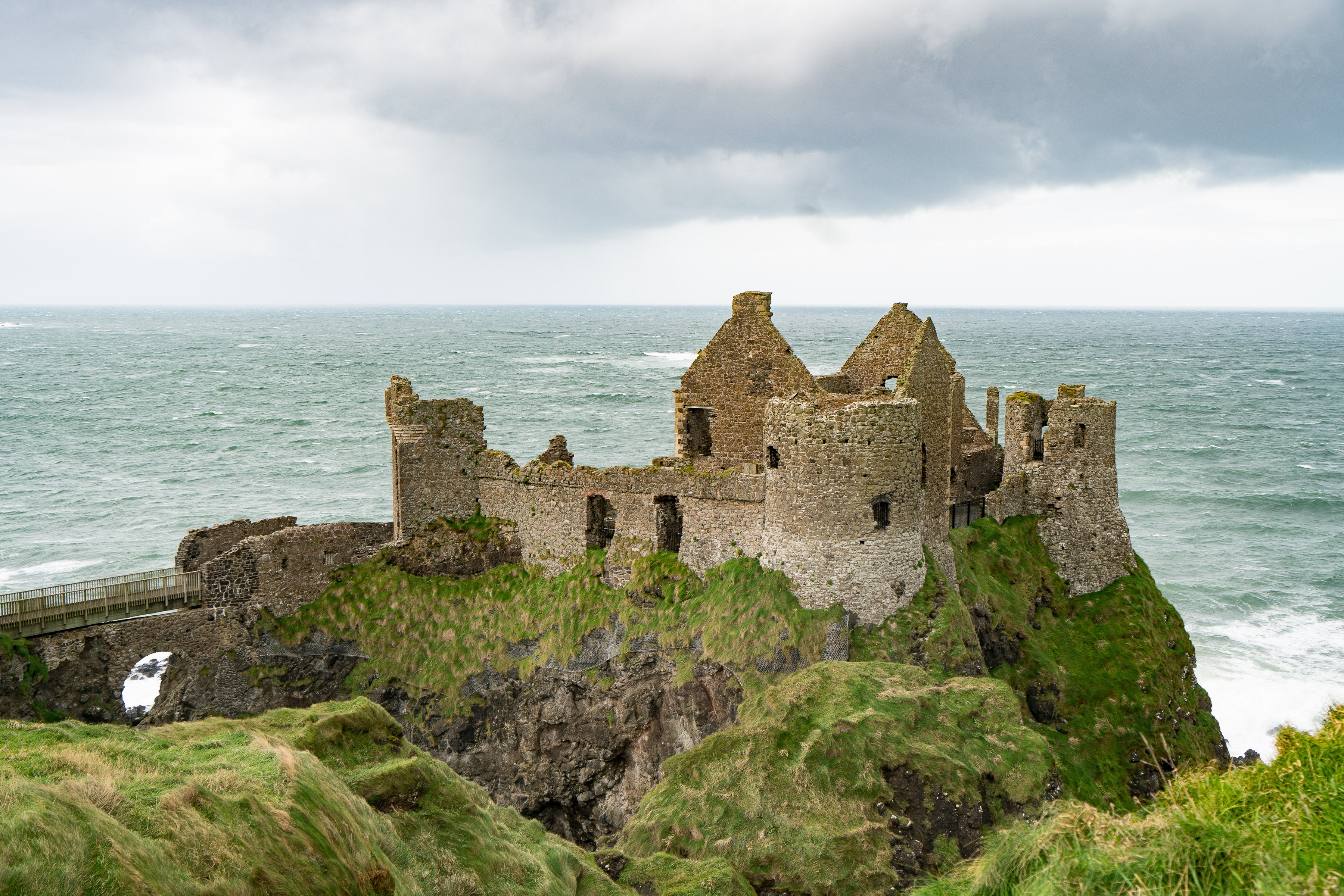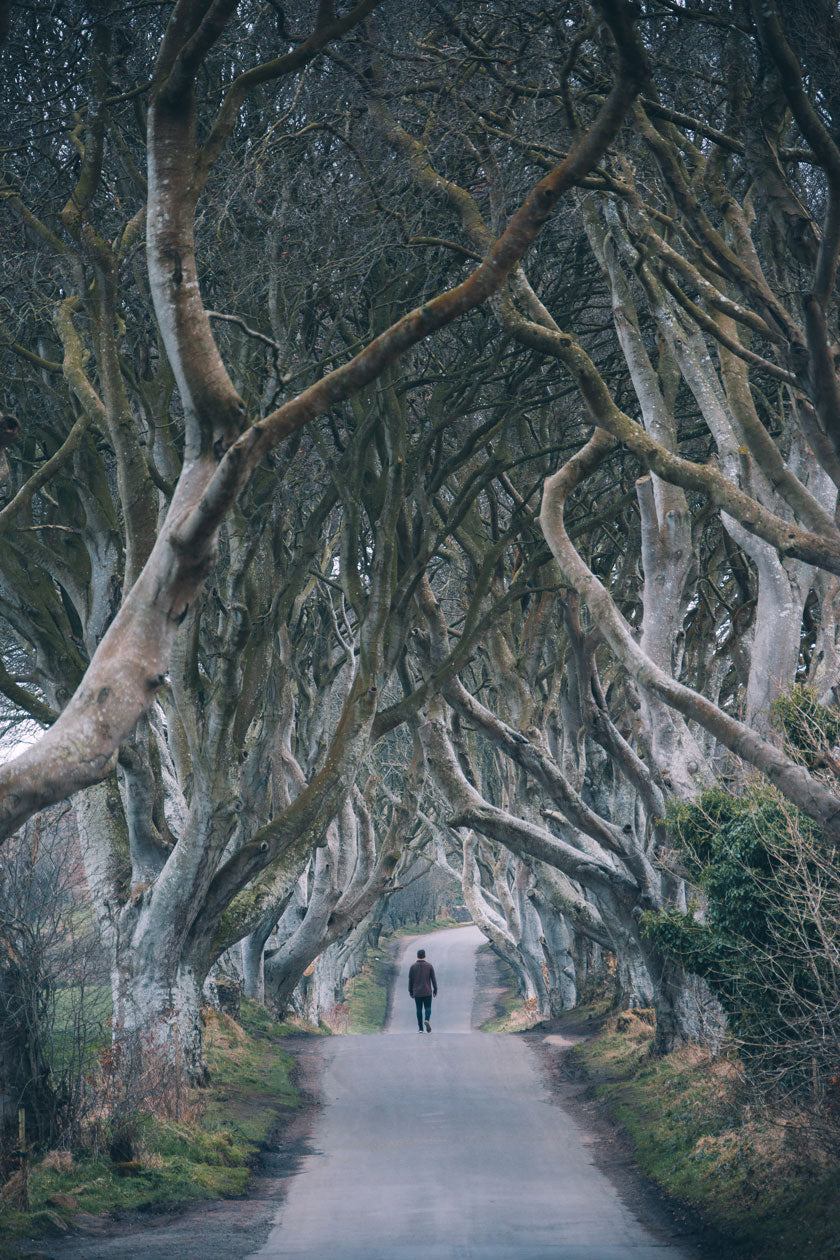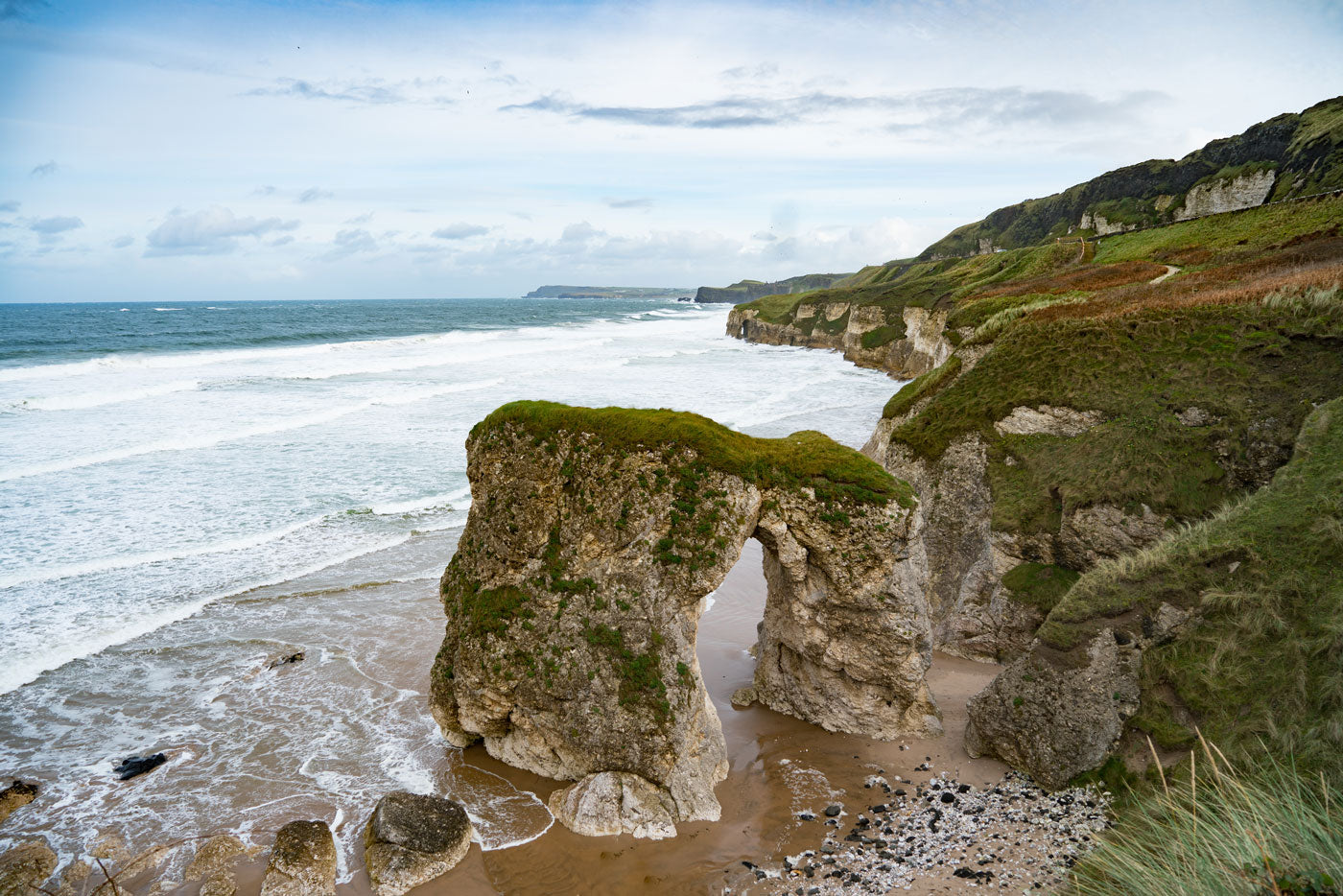Your Cart is Empty
Buy a book, plant a tree.
The Causeway Coast in Northern Ireland might hold the answer

The Causeway Coast of Northern Ireland is a strange and marvellous sight. Dramatic seascapes and rugged cliff faces sit below emerald green fields filled with an abundance of wildlife and medieval ruins. A rich natural tapestry, the area certainly isn't lacking in history, heritage, culture or myth.
One spot, in particular, is attached to a rather interesting fable. According to legend, The Giants Causeway, an area of 40,000 interlocking hexagonal columns of rock is the handiwork of Irish giant Finn McCool.

The story goes that Finn built the Causeway to bridge the sea between Ireland and Scotland. His goal? To battle a rival giant called Benandonner. However, when he got there he not only found that the Scottish giant was asleep but also far bigger than he'd anticipated. So, being the sensible soul he was, Finn hurriedly returned back across the Causeway and pretended nothing untoward had happened.
But the story doesn't end there. Finn had made his bed, or more specifically a stone bridge. Now Benandonner had rock-solid (pardon the pun) evidence of an unwelcome visit from his nemesis.

Intent on fighting Finn, it's fair to say Benandonner wasn't happy and he made his way to Ireland seeking revenge. Faced with the possibility of a beaten up husband, in a moment of pure genius Finn's wife dressed him up as a baby. When Benandonner arrived he was told Finn was not home but to be quiet as to not wake the "baby". After witnessing what looked like the enormous offspring of Finn, Benandonner assumed the father must be a colossus so turned and fled back across the Causeway, reducing the risk of a future fracas by ripping up its middle section. All that remains are the ends, one at the Giant's Causeway and one on the island of Staffa in Scotland where similar formations are found.
As much as we love a good legend, however, scientists have an alternative, more believable explanation. Dating back 60 million years, volcanic activity during the Paleogene Period created the odd-looking formation. When the flow of lava met the sea, the accelerated cooling process resulted in the geological masterpiece and strange polygonal shapes.

Whichever account you choose to believe, one fact remains true about the Giant's Causeway. If you have the opportunity to witness it at sunrise or sunset, you are in for a special treat. The columns glow in the soft morning and late afternoon light, and, when combined with the crashing waves and crimson-orange hues of the sky, the spectacle is one as utterly unique as it is unforgettable.
The Giant's Causeway was designated a World Heritage site by UNESCO in 1986. It is long recognised as one of Earth's natural wonders and is a highlight of the Causeway Coast Path. For more scenic trails, our book The Hidden Tracks features many of the Mother Nature's best-kept secrets.